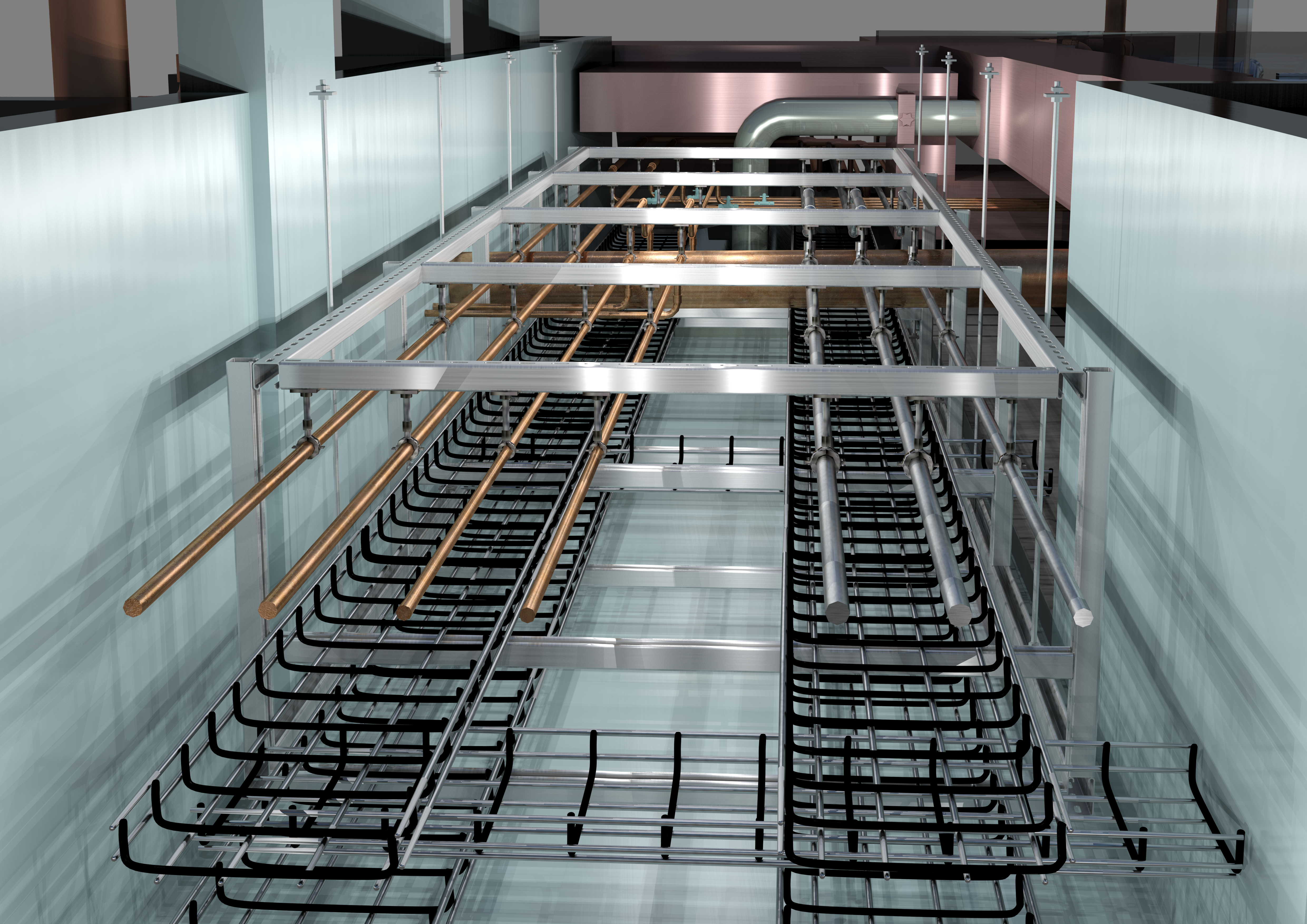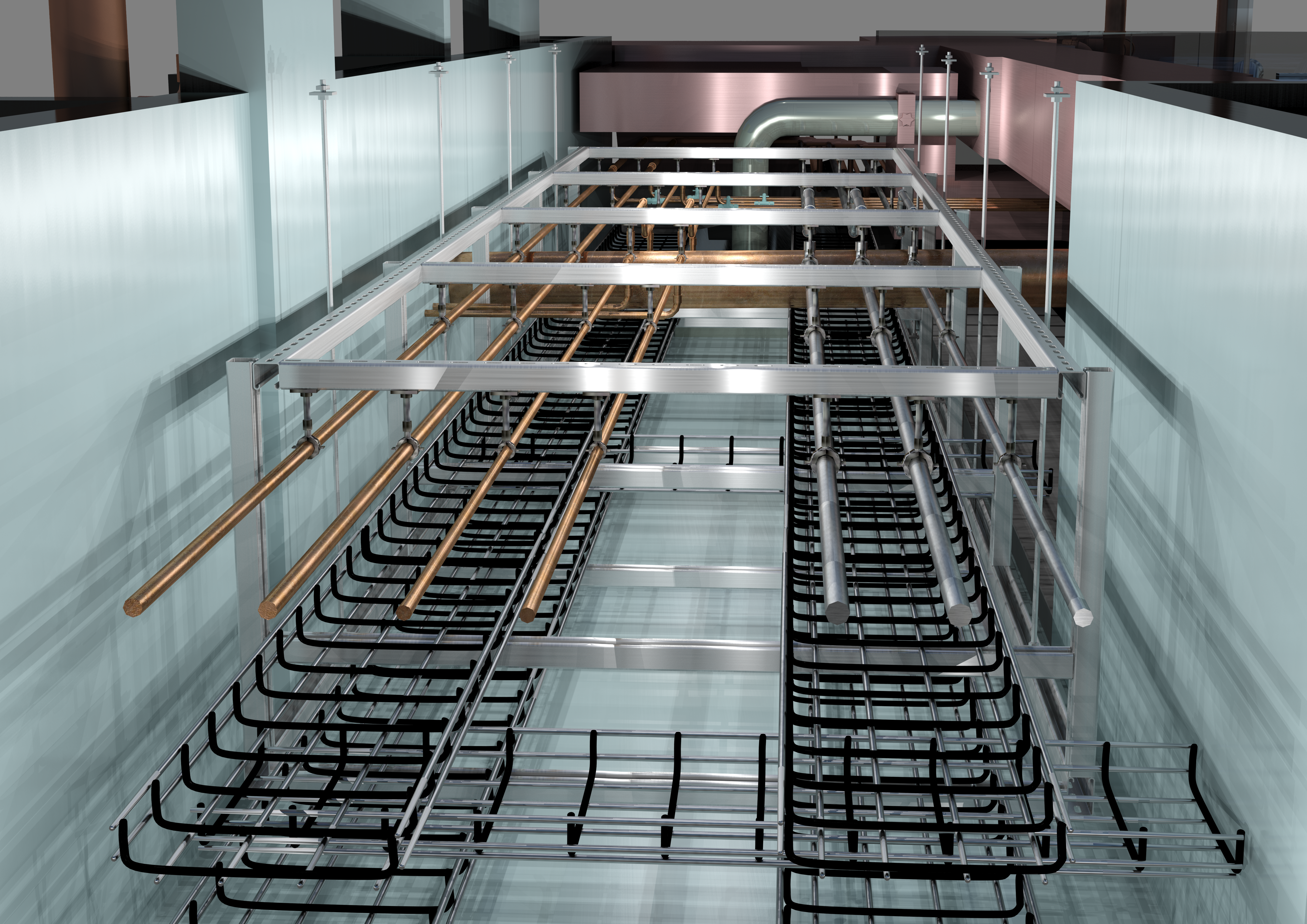What Are The Current Trends in CAD Design?
Many designers believe that architectural design is actually now a more difficult task, as considerations such as timescales, budget, information gathering and expertise have to be taken into account and agreed before project teams can move forward with the chosen CAD Designs. Technology has changed nearly everything we do these days, and this is more noticeable than ever in the world of design and construction – which will have an impact on engineers and contractors. In this article, we will explore six technology trends that we have identified that will potentially allow constraints such as these, and therefore transform the design process.
Big Data
SAS describe Big Data as the term used to describe ‘the large volume of data – both structured and unstructured – that inundates a business on a day-to-day basis.’ The benefit of big data is not the amount of it that you have, but what you do with it. Historically it has mostly been used by banking institutions, educational institutes, healthcare businesses and retailers but it is beginning to be used more frequently by the construction industry – especially since the introduction of BIM. It comes into its own to help predict the future of a building through the mining of such data. Big data works by searching for a pattern across all of your projects and other data sources, to help contractors to identify the best way to optimise the budget – which is one of the most common causes of overestimation in budget bids – as well as pointing out early signs of stress in the supply chain.
Cloud Computing
Cloud computing is the buzz word in technology at the moment, as it is a way of working which relies on using a network of remote servers to allow you to share computer processing resources and data to lots of different devices on demand. The computing power that this allows project teams to access offers them the opportunity to explore a much wider range of design ideas within a tight time-frame. For example, if a team is tackling a commercial project they can use the power of cloud computing to explore things such as building numbers, the number of floors within the building, the energy performance of the building, and so on in order to find the lowest building lifecycle cost.

Collaborative Working
Another benefit of cloud computing is that it makes collaborative working much easier – and again this comes into its own with the onset of BIM. Poor collaboration between all contractors on a project can lead to missed deadlines and poor productivity, but the use of a cloud-computing environment means that everyone can access the same information at the same time – placing them in a virtual office environment together. Many construction firms are already starting to use the cloud for collaborative working, meaning that communication with their design partners and clients is swift and easy and they are finding that they can solve potential problems in the building process before they happen.
Digital & Physical World Collaboration
CAD Designs do not exist in a vacuum, all designs must be able to be translated into real life results. Technology such as virtual reality (VR) and reality capture now allow construction project teams to be able to bring the physical world into the digital environment making the perfect environment for them to be able to design 3d models of buildings whose infrastructure will easily translate into the real world. What VR and AR (Augmented Reality) also do is to allow real-world evaluation of projects prior to final decisions being made.
Generative Design
Autodesk defines generative design as design that “mimics nature’s evolutionary approach to design…with the software explores all the possible permutations of a solution, quickly generating design alternatives.’ Design software tools that allow for generative design processes allows for an unbiased approach to exploring solutions based on whatever it is that the project team want to optimise e.g. lowest cost, size or weight. And this doesn’t stop at just physical assets, it is developing at a rate that means in the future it may even be able to solve other estimation issues. We are quite excited about generative design as we believe it could have game-changing implications for bidding in the future.
Social and Mobile Computing
The hard truth is that expertise in design and construction costs money, and this can have a huge impact on project overheads. Despite the fact that all of this technology is impacting on the CAD design process, there is nothing that will ever replace the input of a human into the design process. What the advent of technology is doing though, is increasing the use of work-exchange hubs and crowd-sourcing sites which will enable construction contractors to be able to access a broader range of expertise through the use of social and mobile computing.
As you can see technology is bringing about a new era of design, and so taking a little time to understand and use this technology could be a wise investment. If you want to learn more about CAD Designs and how we can help you use technology to improve your construction projects, please give us a call on 0161 427 0348 or send us an email to office@thecadroom.com

